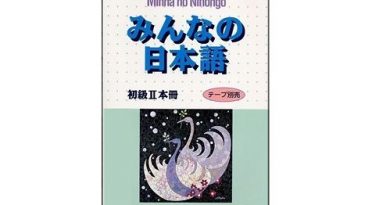The difference between み and さ
(Adjective + み and さ : A+mi and A+sa)
The difference between み and さ (Adjective + み and さ : A+mi and A+sa). Hi everyone, to convert from adjectives to nouns, we often add suffixes み or さ behind the adjective.

However, how different are nouns that are tailed with み or さ?
In this article, Learn Japanese daily would like to introduce to you how み is different from さ in this situation.
Adjectives which are tailed with い :
How to form : We leave out the い and then add み or さ.
For example:
強い(つよい)-> 強さ, 強み(つよみ)、良い(よい)-> 良さ、嬉しい(うれしい)-> 嬉しさ、大きい(おおきい)->大きさ, 広い(ひろい)->広さ.
Adjectives which are tailed with な :
→ We only need to add み or さ behind the adjectives (with out な) .
For example:
立派な(りっぱ)->立派さ、静かな(しずかな)->静かさ.
The difference between み and さ
Adjective + さ
さ is added to adjectives to indicate the degree, the state of being…, the condition… of the adjectives.
It is added objectively, especially when being measured, counted by measurement equipment.
For example:
重さ(おもさ)、高さ(たかさ)、寒さ(さむさ)… can always be measured by measurement equipment.
さ is the suffix that is used commonly and safely when converting adjectives to nouns.
Adjective + み
み is also used to indicate the degree, the state of being … , the condition… of the adjectives, however, it is less objective than objectives + さ. objectives + み is often subjective, showing the speaker’s point of view. Therefore, adjectives + み is more likely personal feelings.
For example:
痛み(いたみ : Pain)、苦しみ(くるしみ : Misery)、楽しみ(たのしみ : Happiness)、強み(つよみ : Strength)
There are many adjectives can be used with the suffix さ to convert to nouns as mentioned previously. However, it doesn’t work that way for み.
For example:
静かさ(しずか), 良さ(よさ), 広さ(ひろさ), 立派さ(りっぱさ), 片苦しさ(くるしさ), 美しさ(うつくしさ),嬉しさ(うれしさ), 大きさ(おおきさ), 静かさ(しずかさ.
Therefore, if you’re confused whether you should add み or さ, choose さ because it’s more common and a safe choice. Only use み with words that you know, because they have some certain limits.
Above are Learn Japanese daily’s perspectives about The difference between み and さ, if you find it contradictory, feel free to comment below!
Check out more similar articles on section : Learn Japanese for beginers


Hi, you’ve confused objective and subjective… they should be the other way round
hi Joe, can you tell me more about my confusing and tell me more about : “they should be the other way round” ?
he’s right. you should correct it.
thank lou, i fixed it!